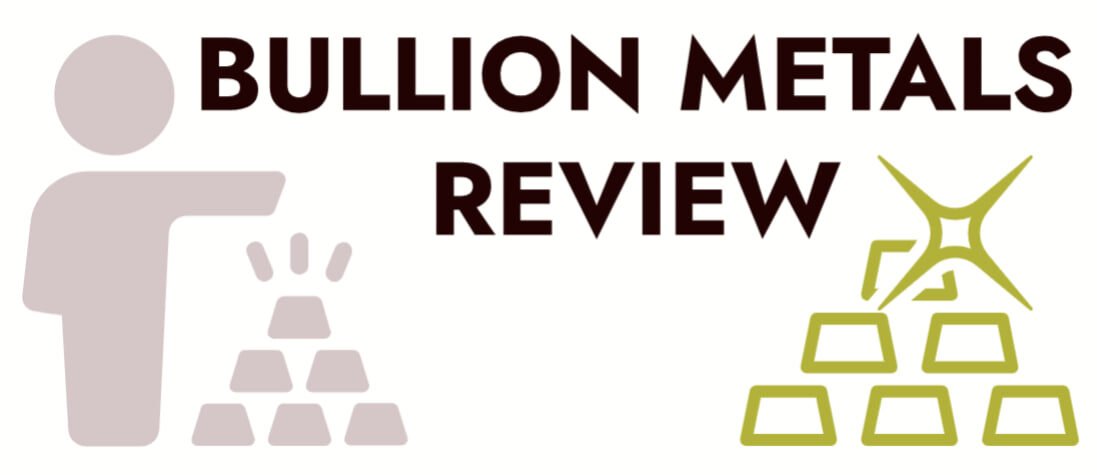How to buy gold and silver? This practical guide will help you to make more conscious purchase, if you’ve decided to buy gold or silver.
Open a FREE Bullion Vault account today with no obligation to trade! *BONUS* Sign up now and receive a risk-free 1/8 oz (4g) of silver to kickstart your journey into precious metals investing

Precious metals have captivated human civilization for millennia. From ancient jewelry to modern investment portfolios, gold, silver, and other precious metals have held immense value across cultures. As inflation rises and financial markets fluctuate, investors increasingly turn to precious metals to diversify and protect their wealth. Whether you’re a seasoned investor or just beginning your journey into the world of precious metals, this guide will provide a comprehensive overview to help you understand the fundamentals, benefits, and strategies for investing in these time-tested assets.
Why Invest in Precious Metals?
Precious metals like gold, silver, platinum, and palladium offer a unique value proposition for investors. Unlike stocks or bonds, they are tangible assets with intrinsic worth, making them an attractive hedge against inflation and currency devaluation. Below are some key reasons why precious metals are a valuable addition to any portfolio:
1. Safe Haven During Economic Uncertainty
When financial markets are volatile, precious metals tend to retain or even increase in value. This makes them a popular safe-haven investment during economic downturns, geopolitical instability, or currency crises. For example, during the 2008 financial crisis, gold prices soared as investors sought refuge from the collapsing stock market.
2. Inflation Hedge
Inflation erodes the purchasing power of paper currencies, but precious metals like gold and silver have historically maintained their value over time. As central banks around the world continue to print money, the risk of inflation rises, making precious metals a safeguard against the devaluation of fiat currencies.
3. Diversification
One of the most effective ways to mitigate risk in an investment portfolio is through diversification. Precious metals offer diversification because their performance is often inversely correlated with stocks and bonds. By allocating a portion of your portfolio to gold, silver, or other metals, you can reduce overall risk while still maintaining potential for growth.
The Big Two: Gold and Silver
While there are several precious metals available to investors, gold and silver are by far the most popular. Both have their own unique characteristics, uses, and investment potential.
Gold: The Timeless Standard
Gold has been synonymous with wealth and prosperity for centuries. Its allure lies not only in its beauty but also in its utility as a store of value. Central banks hold vast reserves of gold, and it’s a common asset in investment portfolios around the world.
Key Reasons to Invest in Gold:
- Store of Value: Gold’s limited supply ensures it remains a store of value, unaffected by inflation or political decisions.
- Safe Haven: In times of economic crisis, gold typically rises in value as investors flee from riskier assets.
- Liquidity: Gold is highly liquid, meaning it can be easily bought or sold in most markets worldwide.
- Diversification: Gold’s price often moves independently of stocks, bonds, or real estate, making it an excellent tool for diversification.
Ways to Invest in Gold:
- Physical Gold: Coins, bars, and bullion are popular forms of direct ownership. While storing physical gold requires security, it offers the satisfaction of owning a tangible asset.
- Gold ETFs: Exchange-traded funds (ETFs) offer a way to invest in gold without having to worry about storage or insurance. These funds track the price of gold and are easy to trade.
- Gold Mining Stocks: Investors can also buy shares in gold mining companies. These stocks provide exposure to the price of gold, but with added risk from company-specific factors.
Silver: The Versatile Metal
Silver is often considered gold’s more affordable sibling, but it plays a significant role in both investment portfolios and industrial applications. While silver is a valuable store of wealth, its price is more volatile than gold’s due to its dual role as both a precious and industrial metal.
Key Reasons to Invest in Silver:
- Industrial Demand: Silver is widely used in electronics, solar panels, and medical devices, creating a strong demand base that supports its value.
- Affordability: Silver is cheaper per ounce than gold, making it more accessible to a broader range of investors.
- Potential for Growth: Because silver’s price is more volatile, it has the potential for greater short-term gains during periods of strong demand.
Ways to Invest in Silver:
- Physical Silver: Like gold, you can buy silver in the form of coins or bars. Silver coins are often more affordable than gold coins, but they still require secure storage.
- Silver ETFs: These funds track the price of silver and are an easy, liquid way to gain exposure to the metal without handling physical silver.
- Silver Mining Stocks: Shares in silver mining companies offer leveraged exposure to silver prices but come with higher risk.
Beyond Gold and Silver: Platinum and Palladium
While gold and silver dominate the precious metal market, platinum and palladium are also worth considering. Both metals have significant industrial uses, particularly in the automotive sector, where they are used in catalytic converters.
Platinum: The Industrial Powerhouse
Platinum is rarer than gold and silver, and its price is often driven by industrial demand. The automotive industry, which uses platinum in catalytic converters for diesel engines, is a major driver of demand. Platinum is also used in jewelry, similar to gold.
Key Considerations for Platinum:
- Volatile Price: Platinum prices can be volatile, as they are closely tied to the health of the automotive industry.
- Scarcity: Platinum is rarer than gold, which can support its value during times of industrial growth.
Palladium: A Rising Star
Palladium, like platinum, is used extensively in catalytic converters, but for gasoline engines. In recent years, palladium prices have surged due to rising demand from the automotive industry and limited supply.
Key Considerations for Palladium:
- High Demand: Palladium demand has increased as countries adopt stricter emissions regulations, requiring more palladium in vehicle production.
- Supply Constraints: Palladium is much rarer than gold or silver, leading to potential supply shortages that can drive up prices.
How to Start Investing in Precious Metals
If you’re ready to dive into the world of precious metals, here are some steps to consider:
- Define Your Goals: Are you looking to hedge against inflation, diversify your portfolio, or speculate on price increases? Your goals will determine the best approach to investing in precious metals.
- Choose the Right Metal: Gold is the classic choice for wealth preservation, while silver offers more volatility and potential for higher returns. Platinum and palladium are more speculative but can provide strong industrial demand-driven gains.
- Decide on Physical vs. Paper Assets: Physical metals give you direct ownership but come with storage and insurance costs. ETFs and mining stocks offer more liquidity and ease of trading but without the tangible aspect of owning the metal.
- Stay Informed: The precious metals market is influenced by various factors, including economic data, geopolitical events, and industrial demand. Keep yourself updated to make informed investment decisions.
Conclusion
Investing in precious metals is a time-tested strategy for preserving wealth, hedging against inflation, and diversifying a portfolio. Whether you choose to invest in gold, silver, platinum, or palladium, these metals offer unique advantages that can complement other asset classes. As with any investment, understanding the market, your goals, and the available investment vehicles is key to making informed decisions and maximizing your potential gains.
Open a FREE Bullion Vault account today with no obligation to trade! *BONUS* Sign up now and receive a risk-free 1/8 oz (4g) of silver to kickstart your journey into precious metals investing




